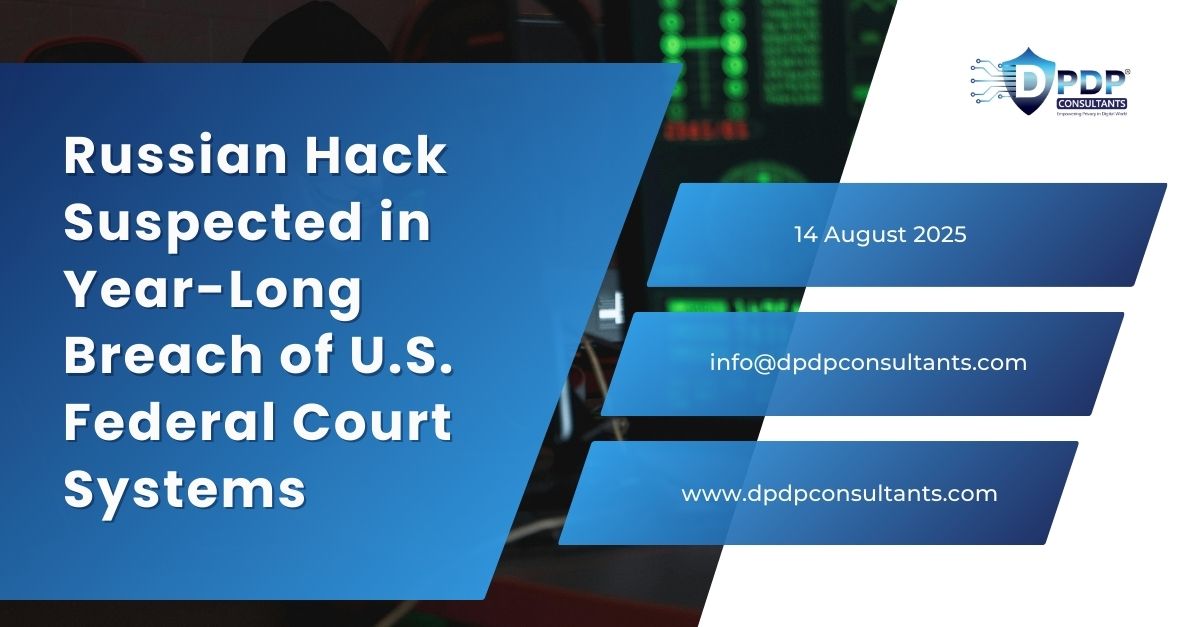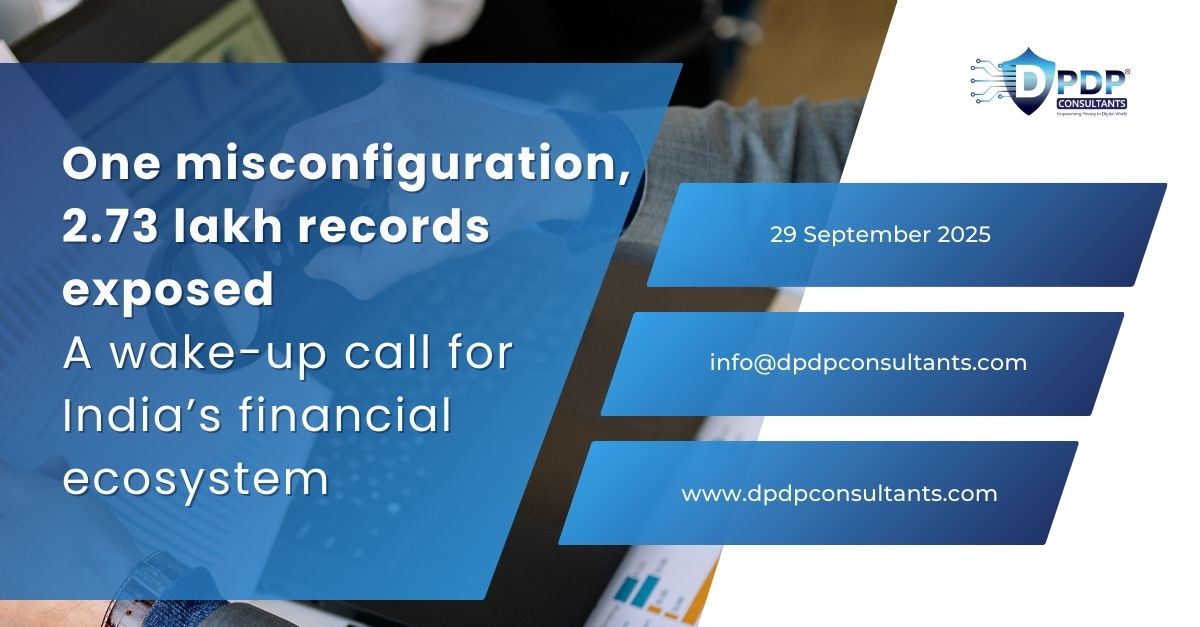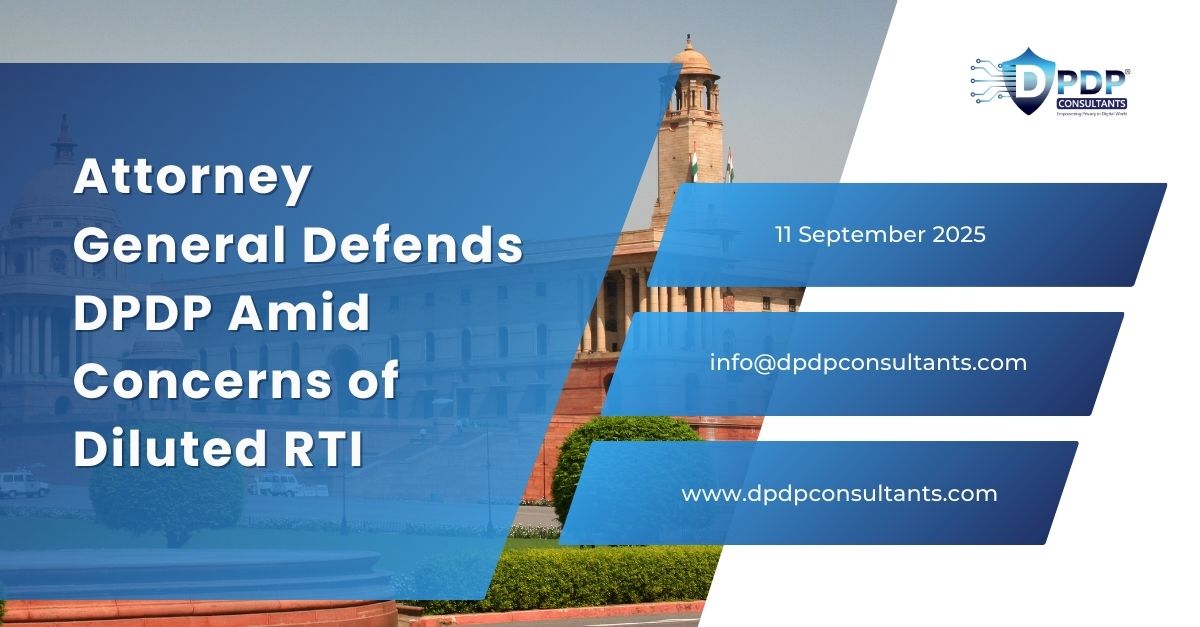In a shocking revelation, U.S. investigators say that
Russian-linked hackers orchestrated a year-long intrusion into the federal
court systems, compromising the integrity of one of the nation's most sensitive
judicial operations The Times of India Politico.
Intrusion Timeline and Scope
The breach reportedly began more than a year ago and crept
through the decentralized CM/ECF (Case Management/Electronic Case Files)
network—covering over 200 federal court jurisdictions—and PACER, the
public access system. Hackers exploited security weaknesses that were first
flagged in 2020, allowing them to siphon off sealed court documents, case
source code, and information in national security cases Politico The Times.
Internal memos, circulated to clerks and judges, warned the
judiciary: “Persistent and sophisticated cyber threat actors have recently
compromised sealed records,” marking the incident as an urgent priority The
Tribune The Times of India.
What’s at Risk
This is no ordinary data scrape. Affected material includes
sealed filings, criminal warrants, details about confidential informants, and
potentially ongoing national security cases—some involving sources whose
identities remain protected The Times of India Politico. Investigators also
flagged searches tied to Eastern European surnames and mid-level criminal
cases, particularly in jurisdictions like New York City, alarming judicial
authorities The Times The Tribune.
Even more troubling: evidence suggests that Latin American
drug cartels may have gained access to this trove—raising the possibility of
witnesses being identified or targeted by organized crime Politico The Times.
Russian Involvement
U.S. cybersecurity experts now point sharply at Russia.
While confirmation is limited, both The New York Times and Politico
underscore Russian state actors as primary suspects, tracing the break-in to
vulnerabilities that have lingered since 2020, Reuters Politico.
This isn't Russia’s first incursion: it follows the infamous
SolarWinds supply-chain hack that penetrated U.S. government networks in 2020, Tech
Crunch Politico.
Judicial Response and Security Gaps
Despite repeated warnings—including congressional and
judicial alerts dating back to 2020 and 2022—federal courts failed to patch
core security faults, such as missing two-factor authentication and
inconsistent system monitoring Politico The Tribune.
Their remedy: a defensive switch to paper filings for sealed
documents, a crackdown on digital submissions, and plans for a long-term
rebuild of the CM/ECF infrastructure Politico The Tribune.
Political Tensions and Diplomatic Fallout
The timing is explosive. President Trump recently confirmed
that he may raise the court hack during a scheduled meeting with Vladimir Putin
in Alaska, acknowledging that “they’re good at it” when pressed about
confronting Russia Politico The Times of India. Trump’s dismissive
takeaway—“Are you surprised?”—further stoked debate over the seriousness of the
breach and America’s cyber-defense readiness The Times of India Axios.
National Security at Stake
U.S. lawmakers and cybersecurity officials have condemned
the breach, calling it a national security disaster and warning that foreign
adversaries now hold detailed insight into the U.S. judicial process. A
congressional briefing is already in motion Politico+1.
Bottom Line:
This breach isn’t just a digital data leak—it’s a systemic failure revealing
long-ignored vulnerabilities in the U.S. court infrastructure. With foreign
actors exploiting these gaps, the intrusion carries real-world
implications—from national security breaches to threats against judicial
witnesses and integrity.
Stay with us for updates on: DPDP
Consultants Newsletter





